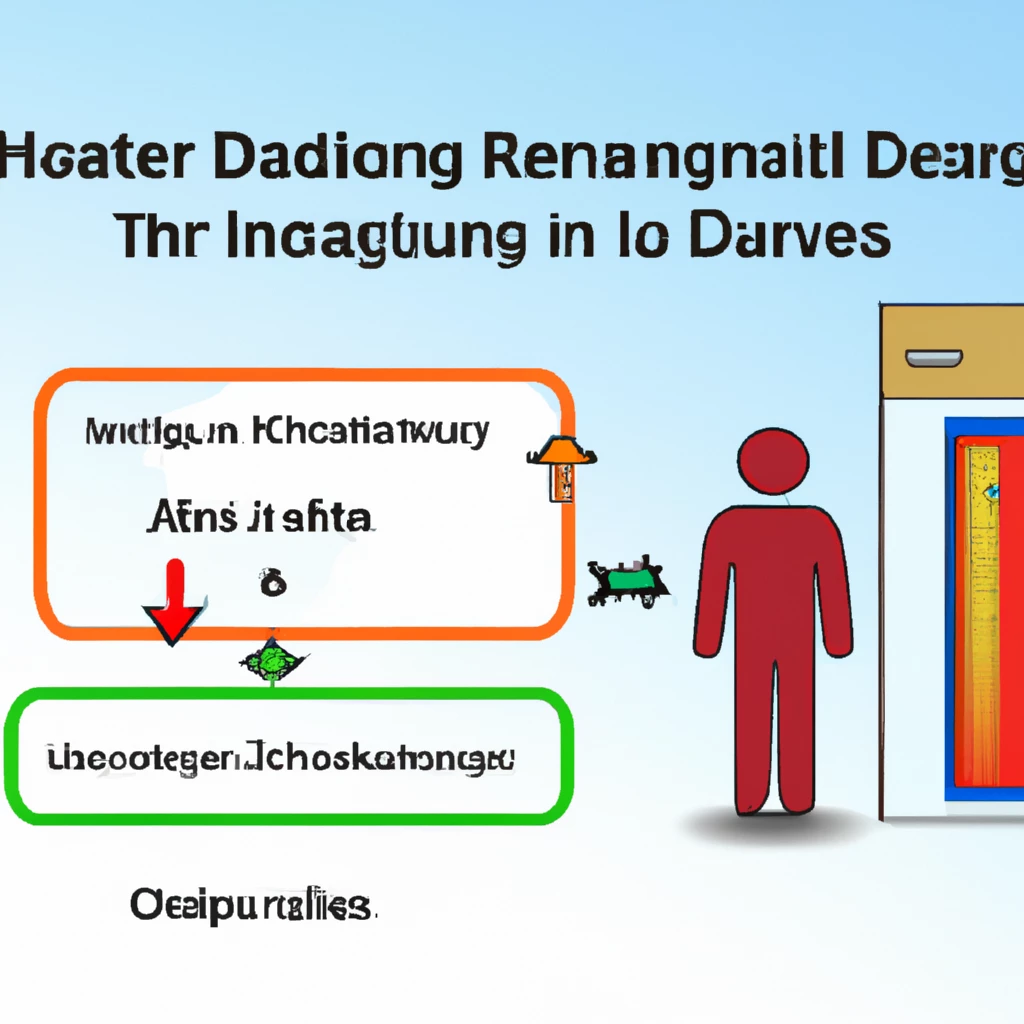
What is Heating Degree Day (HDD)
Heating Degree Day (HDD) is a crucial metric that quantifies the energy required to heat structures. It represents the degree to which a day’s average temperature falls below 65°F (18°C), the temperature threshold for heating buildings. The pricing of winter weather derivatives hinges on a monthly HDD index. The settlement value for a weather futures contract is computed by summing the HDD values for a month and multiplying that sum by $20.
Basics of Heating Degree Day (HDD)
HDD not only determines heating needs for residential and commercial structures but also plays a pivotal role in pricing weather futures. This creates a risk mitigation tool utilized by various sectors like utilities, agriculture, and construction to hedge against weather-related activities such as energy consumption and outdoor work. The first HDD-based weather futures contracts debuted in September 1999 at the Chicago Mercantile Exchange (CME).
How to Calculate Heating Degree Day (HDD)
Various methods exist for calculating HDD, with the accuracy of calculations dependent on detailed temperature data records. Two common calculation methods are:
- Subtract the average of a day’s high and low temperatures from 65. For instance, if the average temperature is 50°F, the HDD would be 15. If the average surpasses 65°F, the value is set to zero. In a hypothetical scenario where every day in a 30-day month averages 50°F, the month’s HDD would be 450 (15 x 30), resulting in a nominal $9,000 settlement value for the weather derivative contract ($20 x 450).
- Subtract each half-hourly temperature reading from 65, ensuring negative values are set to zero. Then, sum these values and divide by 48 (number of half-hours in a day). This total is then summed over 30 days for a monthly calculation, and multiplied by $20. If a day’s value is less than or equal to zero, it has zero HDD, whereas a positive value represents that day’s HDD.
Heating Degree Days are localized, varying widely based on geographical region and building-specific factors like construction materials, orientation, insulation, and usage.
Similarly, Cooling Degree Days (CDD) assess the energy needed for cooling spaces.
Key Takeaways:
- Heating Degree Day (HDD) gauges the number of days with temperatures below 65°F, triggering heating systems in buildings to maintain warmth at 70°F.
- HDD values negative temperatures as zero.
- Utilized in the pricing of weather futures contracts, HDD serves as a risk management tool for sectors impacted by weather conditions such as construction and agriculture.







